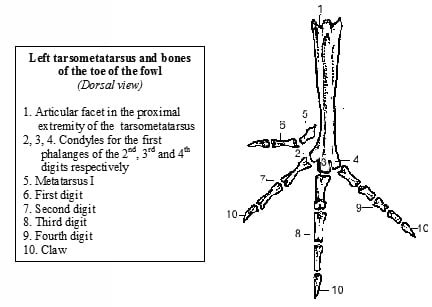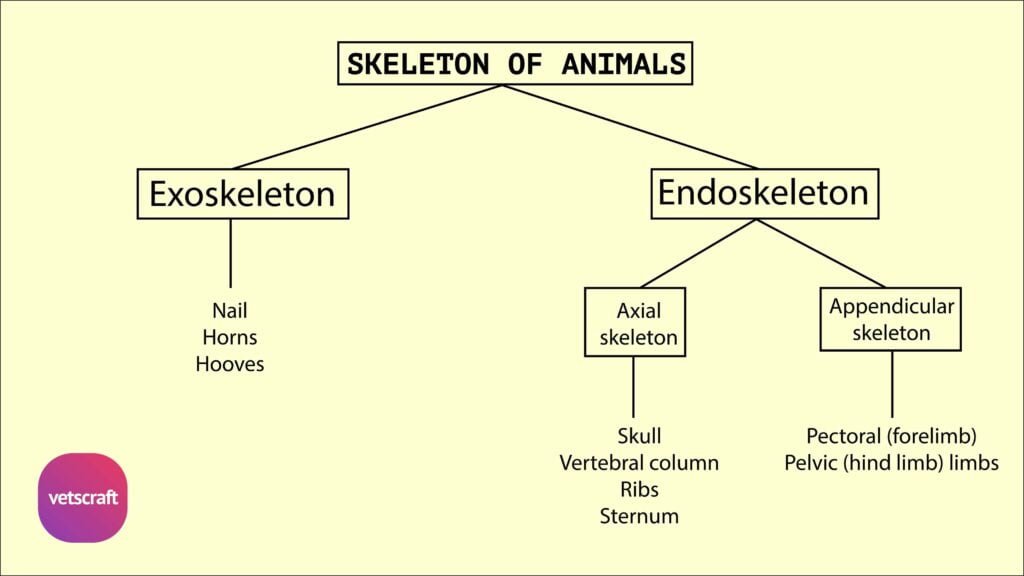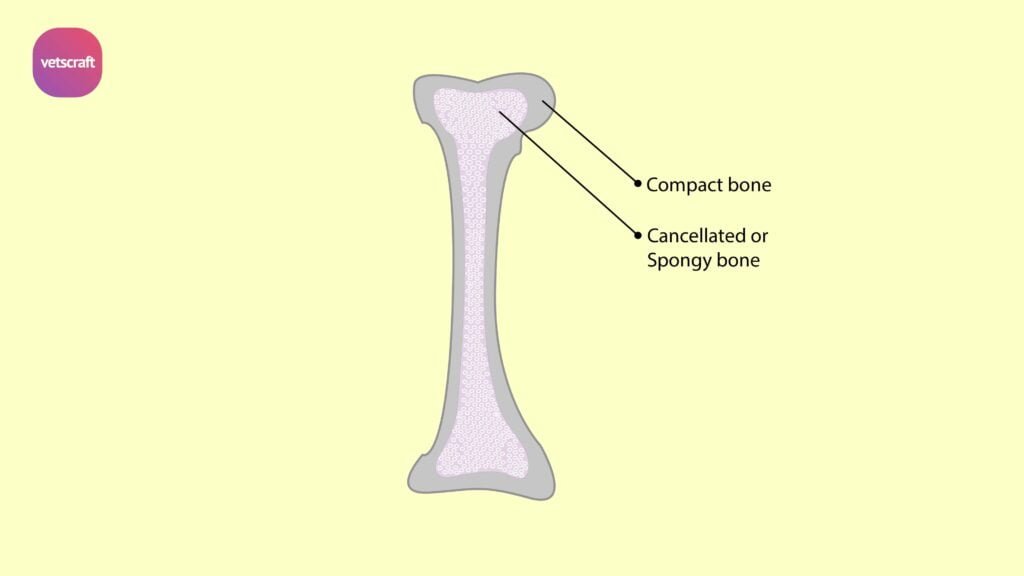TABLE OF CONTENTS
Digits of Hindlimb in Animals: Ox, Horse, Sheep, Goat, Pig, Dog, Rabbit, and Fowl
The digits of the hindlimb in animals are the terminal segments of the pelvic limb, commonly referred to as the toes.
These digits are made up of phalanges (bones of the toe) and often end with claws or hooves, depending on the species. Their number, structure, and function vary across domestic animals.
Digits of Hindlimb in Ox
Digits of the hindlimb of the ox resemble those of the forelimb digits very closely.
Comparative Anatomy of Digits of Hindlimb
The structure and number of digits in the hindlimb vary significantly among domestic animals, reflecting their locomotor adaptations.
Sheep and Goat
- Digits of sheep and goats are the same as those of the ox.
Horse
- Compared with the corresponding phalanges of the pectoral limb, the first phalanx is a little shorter, wider above and narrower below; the second is slightly longer and narrower; the third is narrower, and the angle of inclination of the dorsal surface is a little greater.
- The plantar surface is more concave, and the angles are less prominent and closer together in the horse.
- The proximal sesamoids are smaller, and the distal is shorter and narrower.
Pig
Digits of the pig – each chief digit comprises three phalanges.
Dog
- The dog has five digits; the first is often absent.
- The other four digits are constantly present and resemble those of the forelimb.

Rabbit
- There are five digits in rabbit.
- The first is the shortest, and the third is the longest.
- The first digit has two phalanges, and the rest have three each.
Fowl

- In the case of fowl, four digits are usually present, and the fifth digit is absent. The number of phalanges in each digit is one more than the serial number of the digit.
- The phalanges of each digit diverge and enclose the interdigital spaces.

